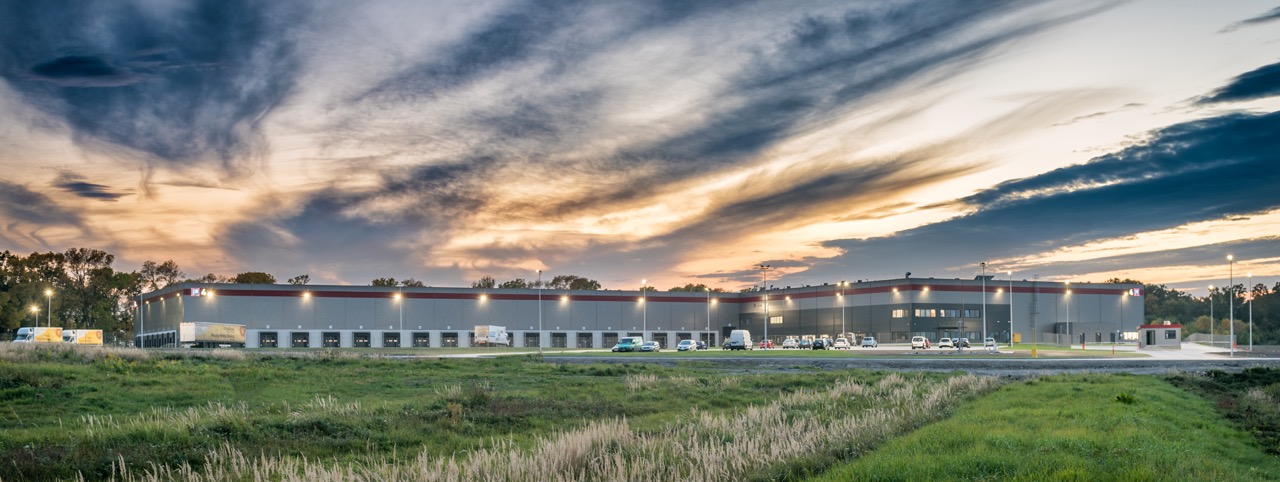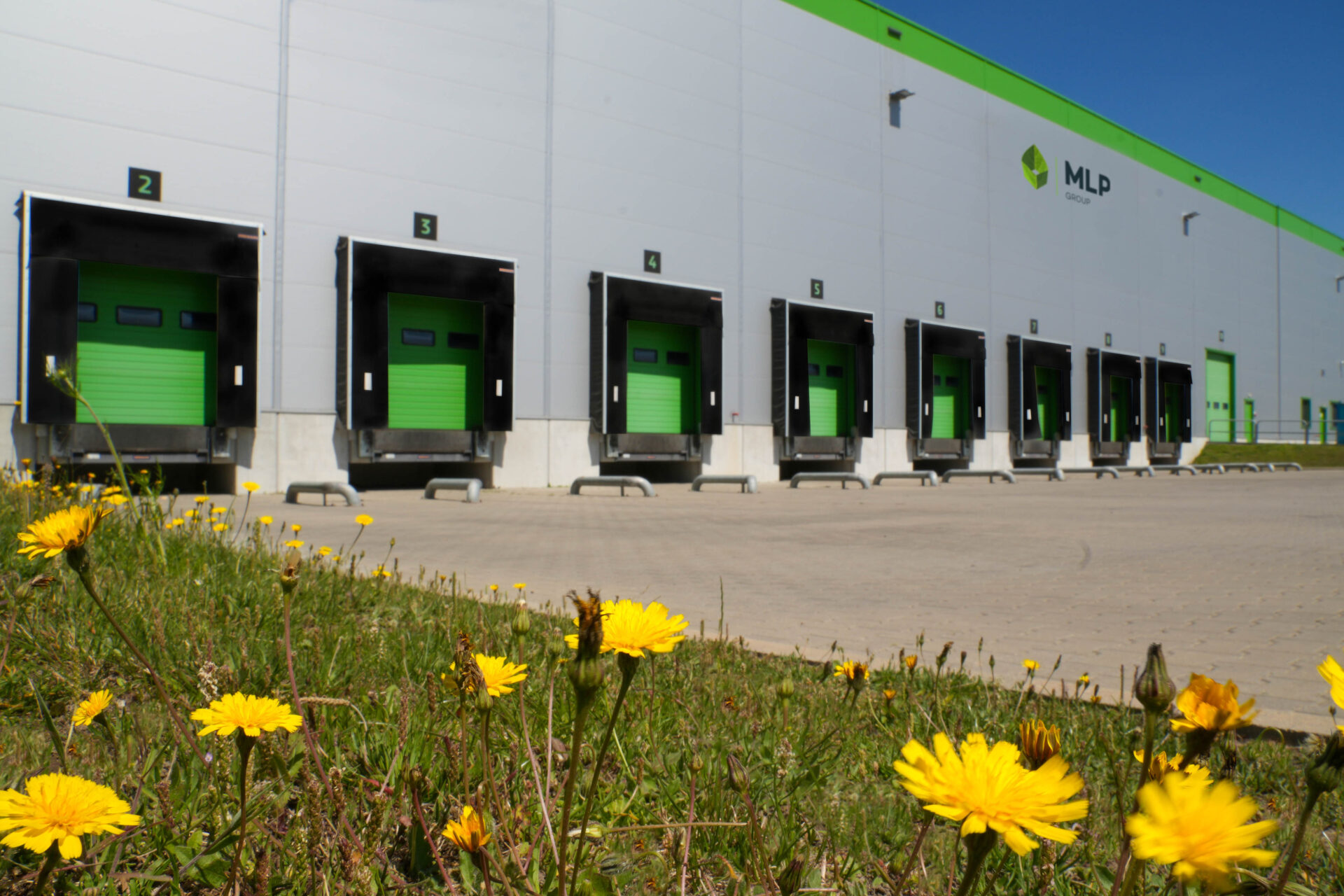Capital from the APAC region secured a dominating 52 percent share of I&L volumes in the CEE region in 2020 followed by EMEA and US capital according to “The CEE Industrial Scene 2020-2021” just released by Colliers. Gross demand for industrial and logistics space over 2020 recorded ca. 9 million sqm, a y-o-y growth of almost 25 percent on average. The most activity was recorded by companies from the 3PL sector followed by the Retail and E-commerce sectors.
INVESTMENT
The pandemic has had a notable impact on overall CEE investment activity in 2020, with total volumes ending 24 percent below those of 2019. International investors were disrupted from being able to travel and physically inspect properties, however, this did not stop dominant interest from APAC investors targeting industrial & logistics assets. At the close, 2020 was a record year for industrial & logistics volumes, with ca. €3.3 billion transacted and a 32 percent share of total annual volumes.
Kevin Turpin, Regional Director of Research | CEE adds: “The majority of investors looking at industrial & logistics investment product also prefer to acquire portfolios, platforms or opportunities with scalability. The ca. €3.3 billion volume in 2020 consisted of approximately 45 transactions, giving an average deal size of over €70 million. Among these transactions, were some very notable portfolio deals, the largest of which was GLP acquiring the Goodman assets in CEE for ca. €1 billion.”
Capital from the APAC region, specifically from Singapore, China and South Korea, secured a dominating 52 percent share of I&L volumes. This was followed, some way behind, by EMEA and US capital with 16 percent and 14 percent respectively.
Andy Thompson, Head of Capital Markets CR and SR, added: “Demand for logistics continue to outstrip supply – not just in CEE but also in wider EMEA. We are witnessing cap rates come in on several sales across EMEA as demand drives pricing consistently upwards. It’s the darling sector with both occupier and investor demand giving investors’ confidence in the sector and driving their appetite to buy at a time when some other sectors are exhibiting higher risk.”
Harry Bannatyne, Head of Industrial Department, Colliers Czech Republic, explained: “Within CZ we are seeing a very strong market, considering that demand is outstripping supply with very low vacancy and less than ten available I&L buildings with current vacancy over 10,000 sqm. There is great land scarcity and long permitting procedures in place also contributing to current much higher land values; so, having a permitted land for developers is paramount. The Czech Republic is perfectly situated within the heart of Europe and it is seeing a great demand from German occupiers. All A-Class developers in the CR are creating sustainable buildings, making I&L one of the most proactive commercial real estate enhancing green solutions. This is still not an easy market as the demands from tenants, both logistics and industrial are changing with more needs for automation and robotics thus requiring higher power, non-standard heights of buildings and generally creating a BTS (build to suit) market.”
VACANCY
Availability of space in the CEE region as a whole average at ca. 5.9 percent. Some developers are willing to build speculatively while others are under less pressure to do so and prefer the build-to-suit route. Availability in some locations within countries is very tight, particularly in the most sought after locations so, potential occupiers looking to enter the region or expand should ideally start the search process early to avoid disruption or delays to their plans.
DEMAND
Looking at gross demand for industrial and logistics space over 2020, we have recorded very strong activity, with the region recording ca. 9 million sqm, a y-o-y growth of almost 25 percent on average. In line with 2019 trends, the Bucharest and Bratislava markets attracted the majority of demand in their markets with 70 percent and 73 percent respectively. On the other hand, the Czech and Polish markets both saw greater levels of activity in their regional markets.
SECTORS
In 2020, the most activity was recorded by companies from the 3PL sector (ca. 28 percent), followed by the Retail sector (17 percent) and E-commerce (12 percent). According to the available detail, 3PL and Retail have quite similar shares when compared to 2019 and E-commerce is up by 200 percent y-o-y on gross activity. Through the pandemic, we have recorded more demand for short-term leases to cope with additional demand however, typical lease lengths across the region range between 3 and 5 years for logistics and over 5 years for production.
RENTS
Rents have remained largely stable across the region, with some markets recording increases in the most sought-after locations. Prime headline rents across the region range from as low as €2.9 per sqm/month in Poland and above €5.0 per sqm/month in Bulgaria. The level of achievable rent also depends on who the tenant is and under what terms are agreed in the lease. Construction costs also play their role as they have been on the rise over the past few years.
YIELDS
For prime industrial & logistics yields, we have recorded a stable trend in some markets, again partly due to lack of evidence, while others have recorded compression. Further inward movement can be expected, particular as the product type is highly sought after and the bulk of product remains firmly in the hands of long-term holders.
2021 will see the closure of a few additional portfolio transactions, so we may well get to see more industrial & logistics yields push past prime shopping centre yields. When benchmarked against other investment vehicles, such as 10-year Euro bonds and Eurozone long term interest rates, CEE real estate still maintains a significant spread and a compelling investment case.







